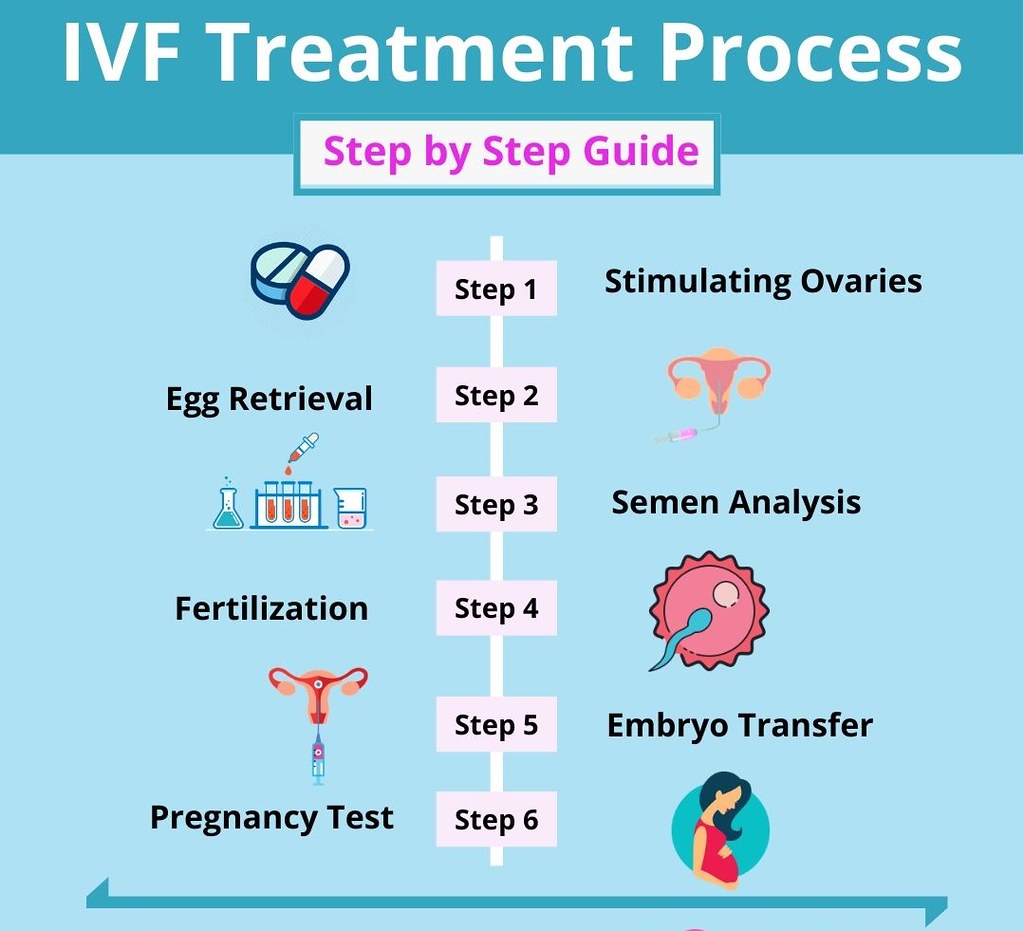IVF or in vitro fertilization and is a form of assisted reproductive technology (ART). This process entails the removal of eggs from a woman’s ovaries and fertilization with sperm. An embryo is a fertilized egg that has been fertilized. The embryo can then be frozen or transplanted to a woman’s uterus for storage. This blog will help you to understand what is IVF and its different process.
Why Do People Do IVF?
In vitro fertilization (IVF) is a treatment for infertility and genetic diseases. If IVF is used to treat infertility, you and your partner may be able to attempt less invasive treatments first, such as fertility drugs to promote egg production or intrauterine insemination. It involves inserting sperm directly into your uterus near ovulation.
IVF is sometimes used as a primary treatment for infertility in women over the age of 40. Women without a functioning uterus or for whom pregnancy poses a serious health risk can choose IVF and have the baby carried by gestational carrier. In this situation, the woman’s eggs are fertilized with sperm, but the resulting embryos are implanted in the gestational carrier’s uterus.
Read related- Benefits Of IVF Treatment
What Is The Step By Step Process of IVF?
In vitro fertilization (IVF) is a multi-stage treatment that bypasses the natural fertilization mechanism within a woman’s fallopian tubes. It aims to achieve sperm and oocyte fusion outside of the body in a culture medium. It entails the following phases, each of which must be completed successfully for the couple to move on to the next.

Step-1: Boost Your Egg Production Through Superovulation
Fertility medicines will be administered to you, which will start a process known as stimulation or superovulation. To put it another way, the medications, which contain Follicle Stimulating Hormone, will instruct your body to generate more than one egg per month.
The more eggs you lay, the better your chances of successful fertilization later on in the procedure. During this stage of the IVF process, you’ll have regular transvaginal ultrasounds and blood tests to check your ovaries and monitor your hormone levels.
Step-2: Remove The Eggs
A hormone injection will be given to you a little more than a day before your eggs are due to be extracted from your body. This will assist your eggs in maturing quickly.
The eggs will then be removed using a minor surgical procedure known as follicular aspiration. Using ultrasound, your doctor will guide a small needle into each of your ovaries through your vaginal canal. The needle is equipped with a mechanism that suctions the eggs out one by one.
Don’t worry if this sounds painful; you’ll most likely be given medicine beforehand to alleviate any discomfort. After that, you may suffer some cramping, but this usually goes away within a day.
Step-3: Collect Sperm From Your Partner Or Donor
Your spouse will deliver a sperm sample while your eggs are being extracted. You can also use sperm from a donor. The sperm are then washed and spun at high speeds to determine which ones are the healthiest.
Step-4: Unite Sperm And Eggs
Now comes the most well-known phase of IVF: pairing your best sperm with your best eggs. Insemination is the term for this stage.
A sperm takes a few hours typically to fertilize an egg. Instead of injecting the sperm directly into the egg, your doctor may opt for intracytoplasmic sperm injection (ICSI).
Step-5: Transfer The Embryo Into Uterus
You’ll be given another drug after your eggs have been collected. This one is for preparing your uterine lining to receive the embryos transplanted back into you. Your doctor will use a catheter to insert the embryos into your uterus three to five days after fertilization.
Multiple embryos are returned to you, hoping that at least one will implant in the lining of your uterus and develop. Multiple embryos can implant at the same time, which is why multiples are prevalent in IVF patients.
Results of IVF
Your doctor will analyze a sample of your blood 12 to two weeks following the egg retrieval to see if you’re pregnant. If you’re expecting a child, your doctor will send you to an obstetrician or another pregnancy specialist.
If you’re not pregnant, then you’ll stop taking progesterone after a week and get your period. Connect with your doctor immediately if you don’t get your period or if you have unusual bleeding. If you want to try another round of in vitro fertilization (IVF), your doctor may suggest these steps to increase your chances of becoming pregnant. Reach out to Meddo infertility specialists for IVF treatment.



